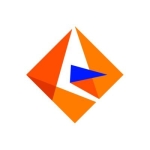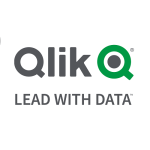If you want the most beautiful dashboards, Tableau is the answer. If you want to shift your dashboarding/analysis development to your users, Tableau seems to be the best choice, as for the most part it’s quite easy to use.
It offers beautiful visualizations on the fly. New users will catch on to it quite fast for doing simple analysis. Creating complex objects can sometimes get quite tricky, but most of the things can be done very simply and quite faster compared to QlikView.
Tableau is moving fast. In fact, we see it as a leader in the data visualization market. We would like to see improvements in its enterprise capabilities.
It offers the Tableau server for deploying apps that can be shared and used by multiple users, but it needs further improvement to be able to support a large set of users in a big organization.
If you are planning to implement self-service BI in your organization, I see Tableau as the best fit, but you will need to find a good tool for ETL.
Also, if you are required to develop financial reports etc., Tableau might not help you much.
Nonetheless, you can run a Tableau solution without needing a lot of IT involvement.
Tableau needs some improvement in its organization-wide deployment capabilities.
Qlik Sense (a new tool by Qlik) tries to be like Tableau, but if you want something like Tableau, you better go for Tableau.

















Great Review for Decision Makers.